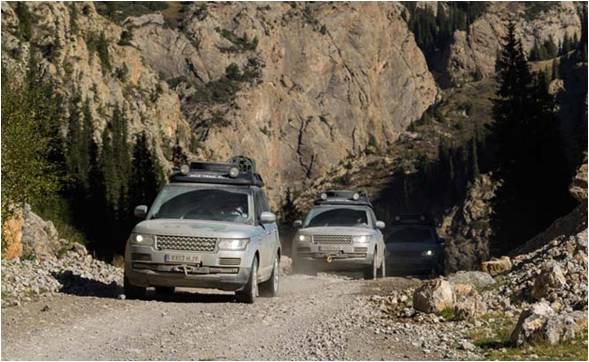Challenge: The use of Operational White Fleet (OWF) and Civilianised Armoured Vehicles (CAV) in UK Defence theatres of operation is not a new concept . However this method of operation has required operational planners to consider the implications of their use in different threat environments. The use of civilian Operationally Protected Vehicles (OPVs) can enhance operational effectiveness because they can deliver a more cost effective, bespoke and agile platform solution. They can also reduce force profile, enhance liaison and engagement capability, enhance off- road capability and also allow for the deployment of military Green Fleet vehicles to meet more kinetic operational tasks. Training for OPV operators is provided at the Reinforcements Training and Mobilisation Centre (RTMC) at Chilwell and is augmented with theatre and mission specific training delivered under Formation Headquarters control. Training, however, did not allow OPV operators to meet the required operational performances and training was also not delivered in accordance with any formal and auditable Defence Systems Approach to Training (DSAT) documentation.
Solution: Waves Training Solutions conducted a Training Needs Analysis (TNA) on the OPV operator role performance and training requirement specific to High, Medium and Low Threat Environments that provided a systematic consideration of each training requirement in terms of performance, conditions and standards, ensuring that no operational performance and associated training requirement was overlooked.
Results: OPV operator training is now optimised through the production of DSAT compliant training documentation that enables RTMC and Field Army instructors to deliver the required operational capability. This has then allowed military and civilian personnel deployed on contingent operations throughout the world to drive OPVs singly or as part of a convoy, confidently and safely in accordance with the threat and environmental conditions and, if required, carry out appropriate Tactics, Techniques and Procedures in reaction to incidents while deployed.

